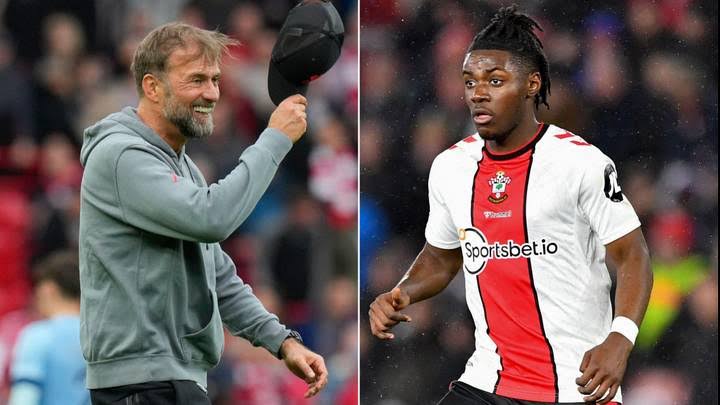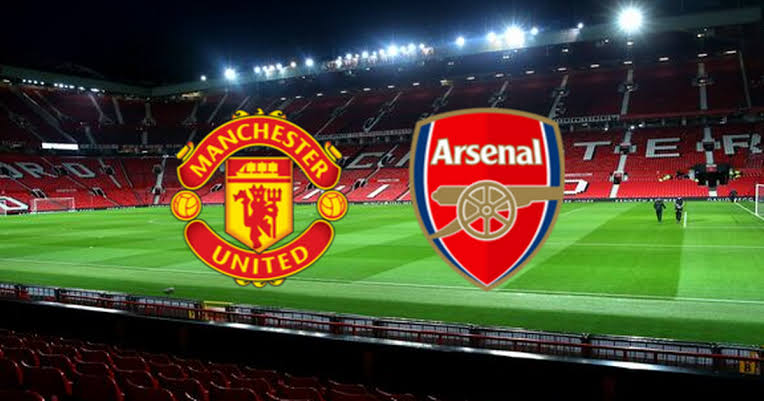Both Liverpool and Chelsea seek outside investment for different reasons
On the investment front there is little to report when it comes to Liverpool.
During the club’s recent summer tour of Singapore, Reds CEO Billy Hogan noted that discussions were underway about a partial sale of the club to a third party, reiterating that a deal would only be done for outside investment if it was “additional” to what club said. club was doing and its future plans.
Last November, Liverpool owners Fenway Sports Group said they were willing to hear offers for the club, in whole or in part, but quickly backed down on a full sale, with principal owner John Henry revealing that no sale would take place until he reaffirmed FSG’s commitment. in an exclusive interview with ECHO in March this year.
Speaking to ECHO in Singapore last month, Hogan said: “Certainly nothing to announce. These conversations continue and as the owner has said, there is clearly an opportunity to invest. “If that happens, everything will be about finding the right partner – the right partner for Liverpool, and Liverpool are the right partner for them. If there’s something to report at the right time, we’ll let you know.
“Partnership is part of every relationship. Having the right partners is incredibly important. In the same way that we look at our partners from a commercial and sponsorship perspective, an investment partner should be the right partner to complement what we do.”
Liverpool’s search for investment is more focused than some of its rivals. The Reds currently do not need to recapitalize the business to increase cash flow and anyone who enters the club as an investor will likely be part of the Reds’ overall exit strategy in the future, potentially building a position minority to a majority over time.
Valuations of Premier League teams continue to rise, making them very attractive to outside investors looking for good returns over an extended period. Liverpool were acquired by FSG for £300m in 2010, but given continued market strength and talk of a full sale of Manchester United for a £6bn valuation, the Reds will now be on top. with a valuation of £4 billion, a figure relative to the amount of money. they can profit from a partial sale, probably between 10 and 20%.
However, at this time there is little to report on the ongoing research, and US sources familiar with the matter recently told ECHO that there has been nothing significant in recent months.
However, for one of Liverpool’s Premier League rivals, the search for investment is progressing, albeit aiming for different results than the Reds, keen to combine capital and expertise to help the club develop as a global business. Under the ownership of Todd Boehly and Clearlake Capital, Chelsea have been on a spending spree unheard of in English football, with over £900m committed in transfer fees over the past 12 months.

Of particular note was the length of contracts that have been distributed to Stamford Bridge, with seven-, eight- and nine-year deals becoming the norm, with Chelsea using the legitimate accounting tactic of spreading depreciation costs across their accounts (how to balance transfer costs) for a longer period of time, strengthening their position when it comes to staying below the Premier League’s profit and sustainability threshold, which some believe they will not be able to do.
Accounting for these transactions by spreading the depreciation over a longer period of time is one thing, but these transactions still need to be paid, and seller clubs don’t set payment terms the same way as depreciation. Some clubs may want all the money up front, as RB Leipzig has reported for Dominik Szoboszlai, while others may want to receive it in installments over a two to three year period.
In any case, the real money has to change hands and this affects the cash flow in the clubs. For some deals, clubs may seek to go to a lender to get full payment on the deal and then distribute the cost of the payments through a broker, but in other scenarios, clubs may try to raise capital to build liquidity into the business to be able to pay. invoices as they arise.
As well as planning for success on the pitch through their bold but risky transfer strategy, Chelsea are also looking to grow beyond that, with the redevelopment of Stamford Bridge or a possible move to a new stadium both on the agenda.
The West London side are in talks with financial institutions to raise capital in exchange for shares in the club, with one such potential candidate being Ares Management, a US private equity firm which already has positions in the sport with multiple Olympique Lyonnais across investments in Eagle Football, the company of John Textor, co-owner of Crystal Palace. Ares has also been linked to take a partial stake in Manchester United earlier this year.
The Chelsea owners, who also want to continue expanding their multi-club network after acquiring RC Strasbourg last summer, will see the capital raise as a way to ease the club’s cash flow situation before they start the payments. required. With so many deals signed over the past year, around 23 of them permanent, a lot of money will come out of the building for clubs that sell, not the least of which are clubs like Benfica, Shakhtar Donetsk and Brighton & Hove Albion. on deals for Enzo Fernandez (£105m), Mykhailo Mudryk (£88m) and Moises Caicedo (£115m).
It is understood that Boehly and Clearlake are confident in their overall plan and vision for Chelsea, who rely heavily on this group of talented individuals to deliver on their promise and potential over the long term. But there is a need to find ways to fund anything in the future, which makes Chelsea’s quest for investment a different proposition to that which Liverpool aspire to and which will attract a different breed of investors.




Hi there Dear, are you really visiting this web site on a regular basis, if so afterward
you will without doubt obtain nice know-how. https://unlim-casinodynasty.lol/
Hi there Dear, are you really visiting this web site on a regular basis,
if so afterward you will without doubt obtain nice know-how. https://unlim-casinodynasty.lol/